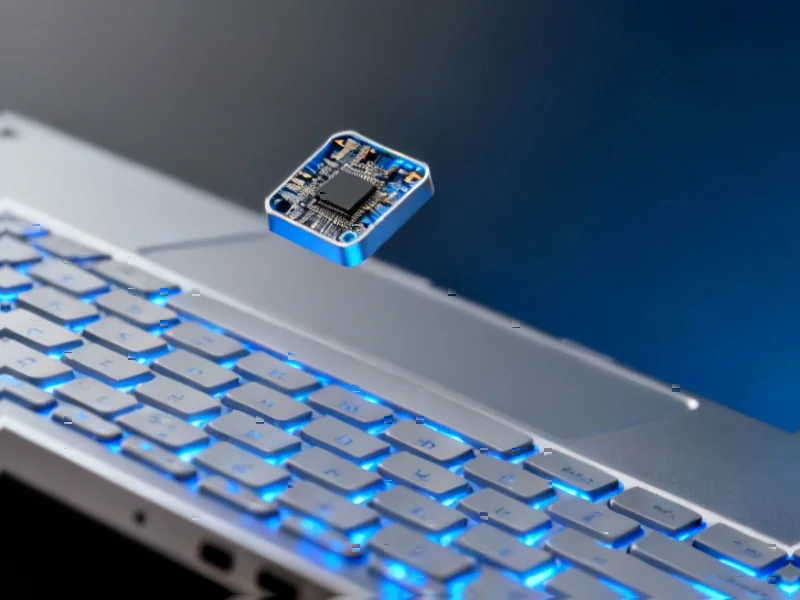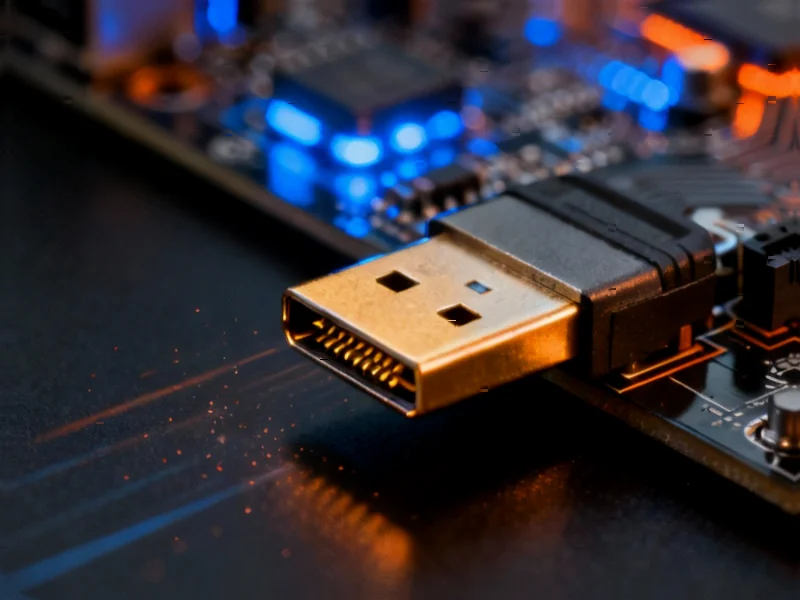According to KitGuru.net, OCCT v15 has introduced a coil whine detector that deliberately modulates system power load to force components to emit recognizable patterns, making the source of annoying buzzing easier to identify. The feature transforms constant high-pitched noise into predefined “tunes” that stand out from background noise, exploiting how coil whine changes with power fluctuations through electromagnetic coils. This innovation represents a significant step forward in PC diagnostics that deserves deeper technical examination.
Table of Contents
The Science Behind Coil Whine
Coil whine represents one of the most persistent quality control challenges in modern electronics, stemming from electromagnetic coils vibrating at audible frequencies when current passes through them. What makes this phenomenon particularly frustrating for enthusiasts is that it’s not necessarily a defect – components can function perfectly while producing maddening noise. The physics involve piezoelectric effects and magnetostriction where materials physically change shape under electromagnetic fields, creating vibrations that couple with surrounding structures to produce audible noise. Traditional diagnosis required either expensive acoustic analysis equipment or the unreliable “ear test” method, making OCCT’s software-based approach particularly innovative.
Technical Implementation Challenges
While the concept of forcing components to “sing” through modulation is brilliant, several practical challenges emerge. The effectiveness likely varies significantly between component types – GPU inductors behave differently from motherboard VRM coils or PSU transformers. There’s also the risk that aggressive power modulation could potentially stress components beyond normal operating conditions, though OCCT’s development team presumably implemented safeguards. Another limitation is that this detection method works best for load-dependent whine, while some components produce noise at idle or specific frequency ranges that might not respond to the predefined modulation patterns.
Implications for Component Manufacturers
This tool could fundamentally change how manufacturers approach coil whine quality control. Previously, testing required either expensive acoustic chambers or subjective human evaluation. Now, production lines could implement similar modulation techniques to automatically flag components prone to audible noise. The methodology described suggests manufacturers might develop proprietary versions for their own QA processes. More importantly, it provides consumers with standardized evidence when requesting RMAs for noisy components, potentially forcing manufacturers to tighten their acoustic tolerances.
Future Diagnostic Possibilities
The success of this approach opens doors for more sophisticated hardware diagnostics through software manipulation. We could see similar techniques applied to identify failing capacitors (through ESR characteristics), detect fan bearing wear before failure, or even pinpoint motherboard VRM degradation through power response analysis. The funding model supporting OCCT’s development suggests there’s sustainable demand for advanced diagnostic tools that bridge the gap between consumer and professional equipment. As components become more complex, software-based diagnostic innovation will become increasingly crucial for both enthusiasts and repair technicians facing increasingly integrated systems with fewer user-serviceable parts.



